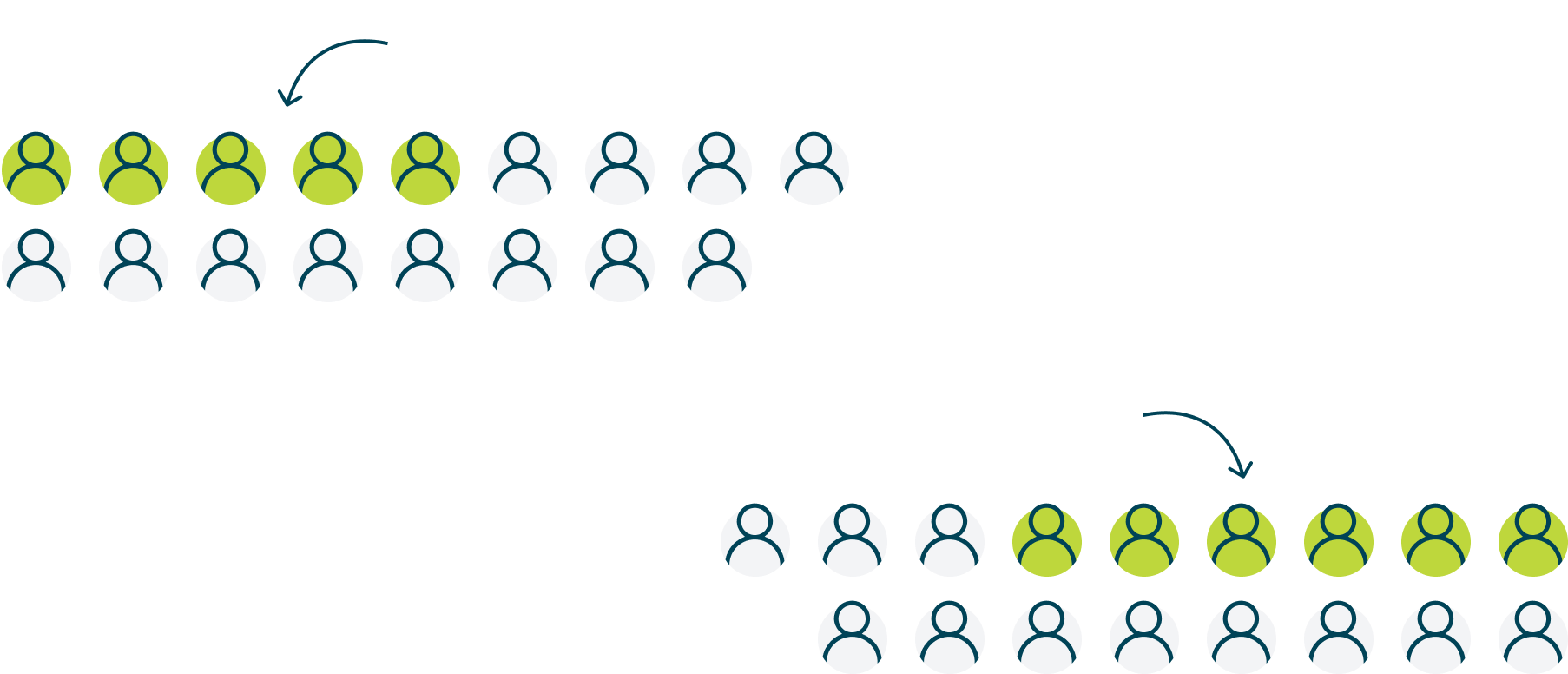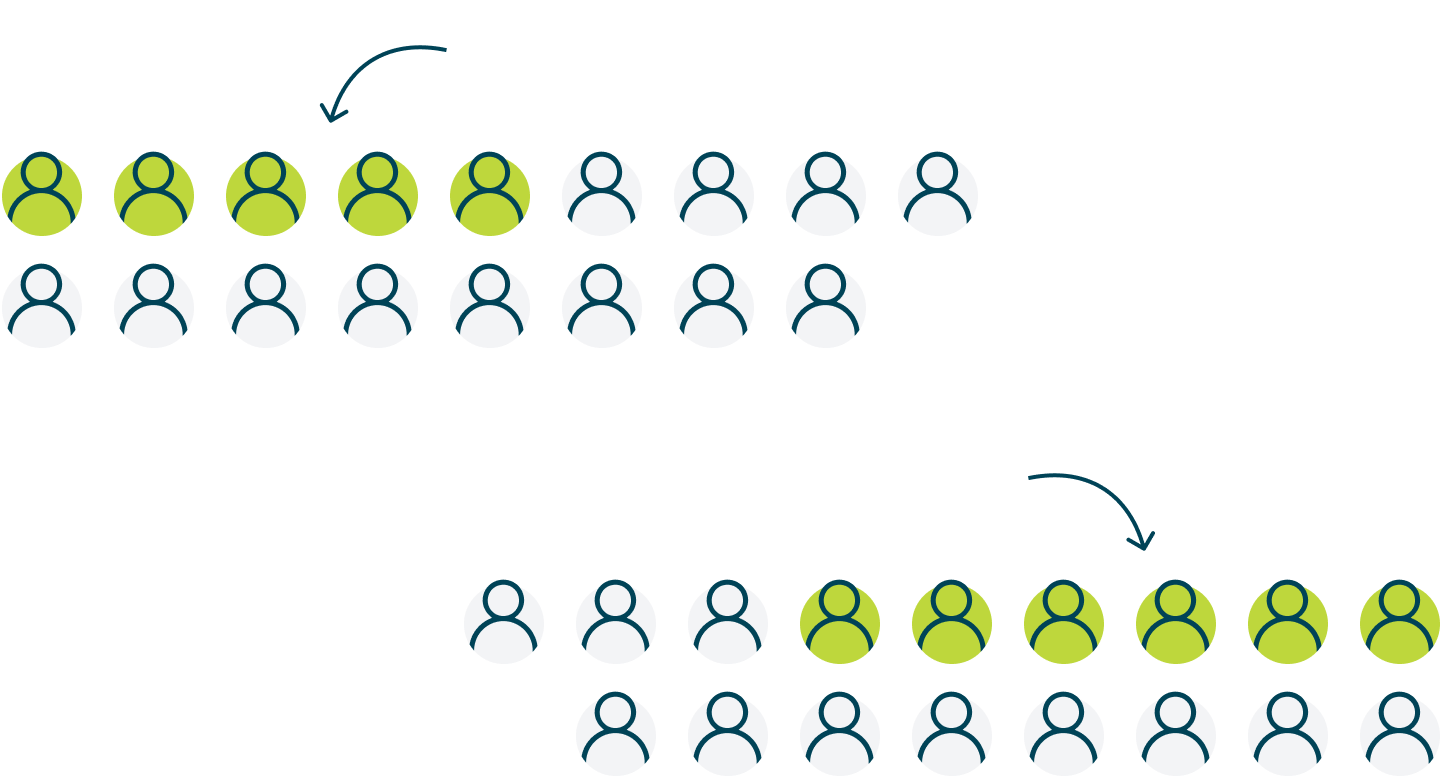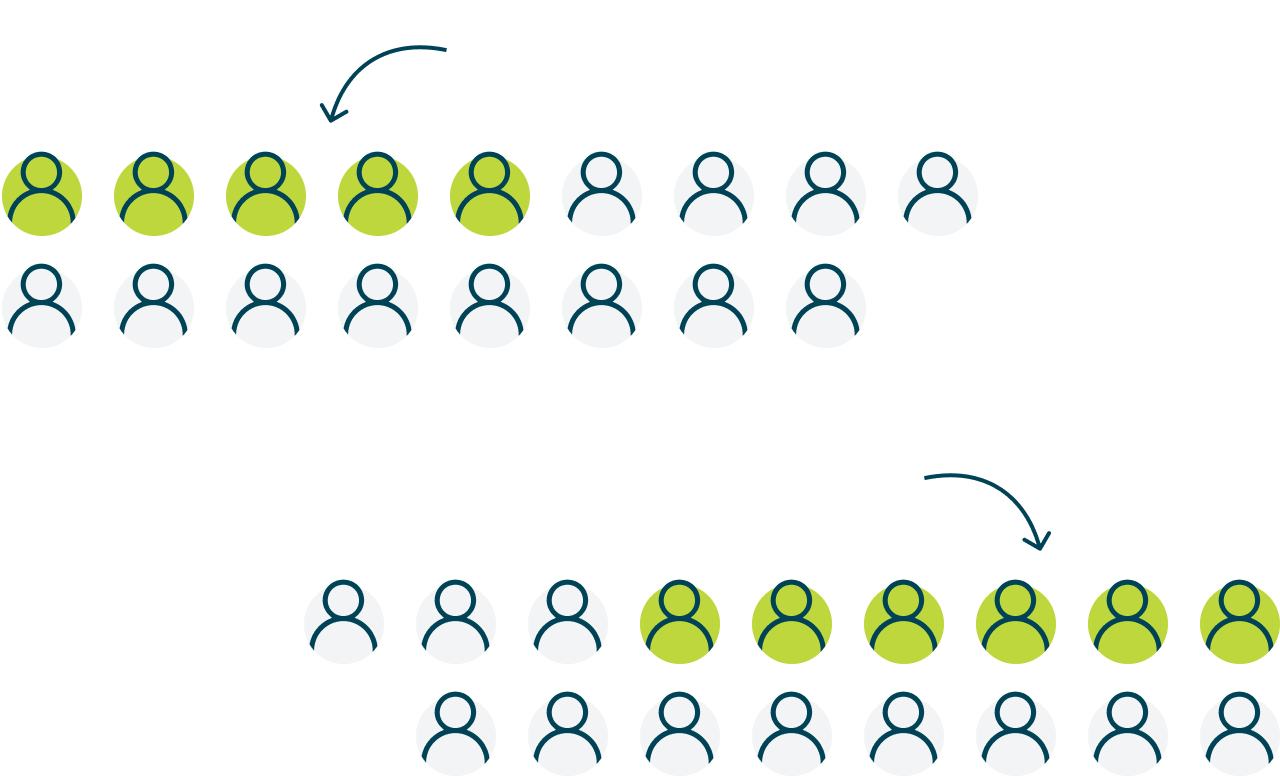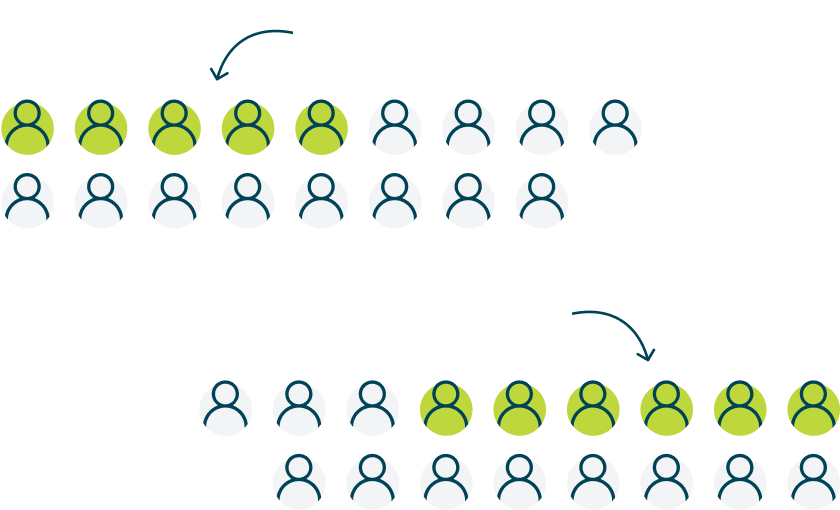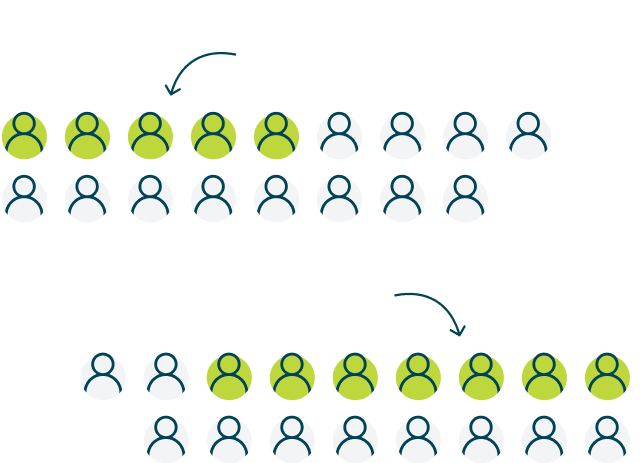The tendency to avoid unpleasant information

Even before he received the bills associated with his rental unit repairs, Manny knew his credit card balances were rising, but he avoided scrutinizing his monthly statements.
Manny worries that reviewing his credit card statements will require difficult decisions, including uncomfortable conversations with his family about how they spend their money—something he’d like to put off indefinitely.
Like Manny, many people are uncomfortable confronting their debt, anticipating difficult conversations and trade-offs. Perceived norms around debt amplify the issue: Being in debt can trigger feelings of shame and lead people to avoid thinking about their situation or keep it a secret from others. This is known as ostriching.
These challenges are more common than many realize. A recent survey found that 44% of people report that they tend to ignore a financial problem until it becomes a crisis, while 41% admit that they avoid opening bills or reviewing bank statements.
Living with scarcity

Until the mold issue, Manny had been stretched thin, but was making things work. But now, he’s facing a massive repair bill, just as his current job is ending – and he doesn’t have a new project lined up yet.
Between his demanding day job, his mounting credit card bills, the repair costs, and the need to secure a new client, Manny feels like he’s always putting out fires. “It feels like a game of Whac-A-Mole,” he says.
Like many people, Manny is living in a context of scarcity, which causes people to focus, or tunnel, on issues that demand immediate attention and tax their mental bandwidth. While tunneling in the short term may have some benefits (e.g., Manny following leads for the next job), the bandwidth tax can make it more difficult to process information, evaluate options, and make high-quality decisions regarding important issues outside the tunnel.


